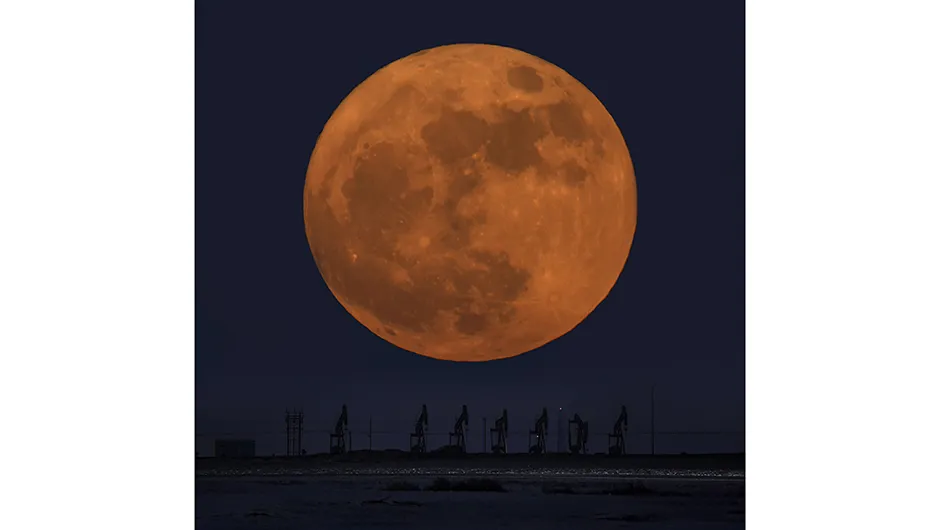The upcoming solar eclipse over the US on 21 August has Scott thinking once again about his favourite astronomy term. Image Credit: Scott Levine
It’s been great seeing astronomy in newspapers, on TV, and in other surprising places lately.
One of the things I’ve loved most of all over these last few eclipse-heavy months is all of the interesting words and terms that have been dusted off.
I can picture writers climbing, drippy candle in hand, down dark, creaky stairs to get an enormous book of antiquated astronomy words.
As it happens, one of my favorite words in all of English is syzygy, which after years of being overlooked, is back.
It’s almost enough to ease my disappointment over not being able to travel to see the total eclipse.
A syzygy is an alignment of three or more objects in a straight line in space.

It’s come to primarily mean the sort of alignment that’s happening when there’s a solar eclipse, which is Sun – Moon – Earth, or a lunar eclipse, like there was on 7 August, which is Sun – Earth – Moon.
It can be any three bodies, though, and eclipses and shadows aren’t required.
Any full or new Moon qualifies, too.
Even a line of Mars, Venus, and Saturn in the sky would.
Syzygy comes from the Greek word for “yoked.”
It brings to my mind images of the Moon, Earth, and Sun hitched together, like oxen plowing a field, pulling the rest of the solar system behind.
Look at it.
It has a couple of twisty, curvy letters, even a Z, all punctuated by Ys.
Spell out the letters and they rhyme!
What’s not to love?
I’m glad it’s finally getting another moment in the Sun. Plus, I get to finally use that joke again.
If you’re planning to see the eclipse, please enjoy the show, and be safe.
About the author
Scott Levine is a dad and astronomy lover who stares at the sky over his family’s home north of New York City. You can read more of his light-hearted look at astronomy at Scott’s Sky Watch.

